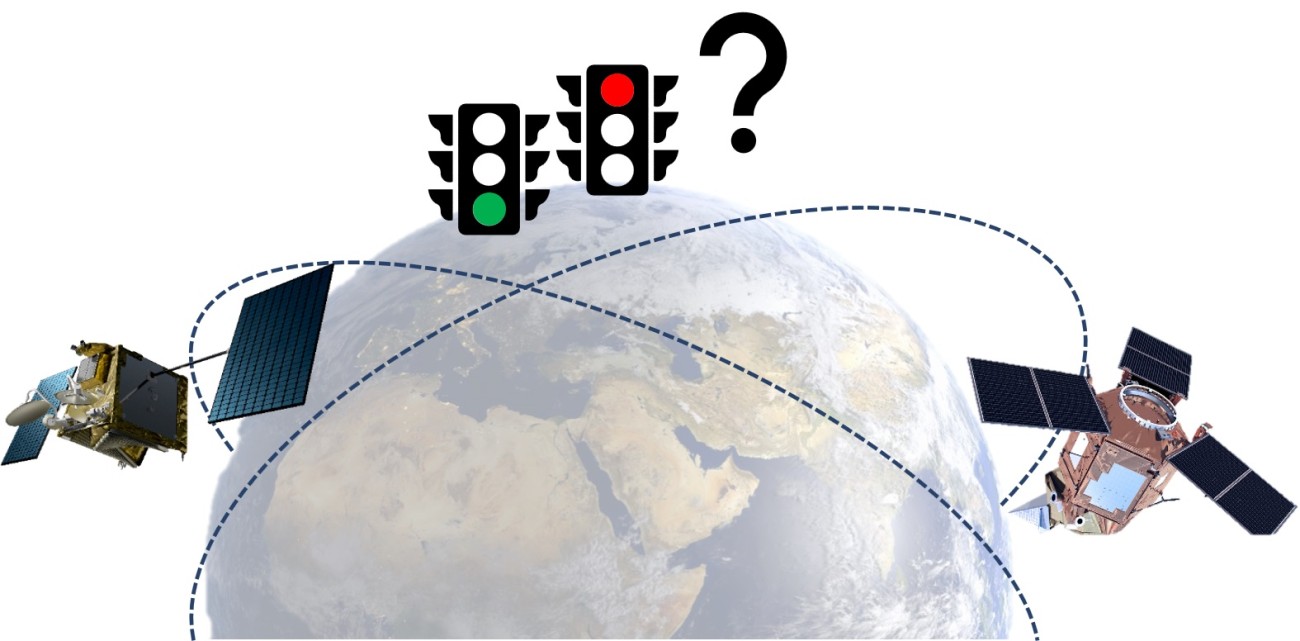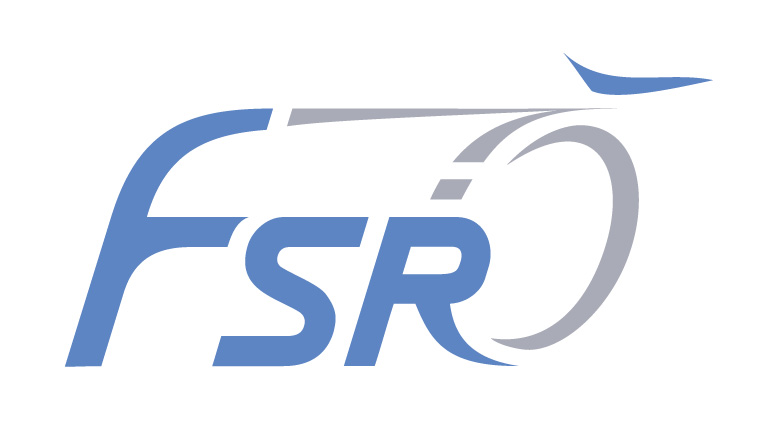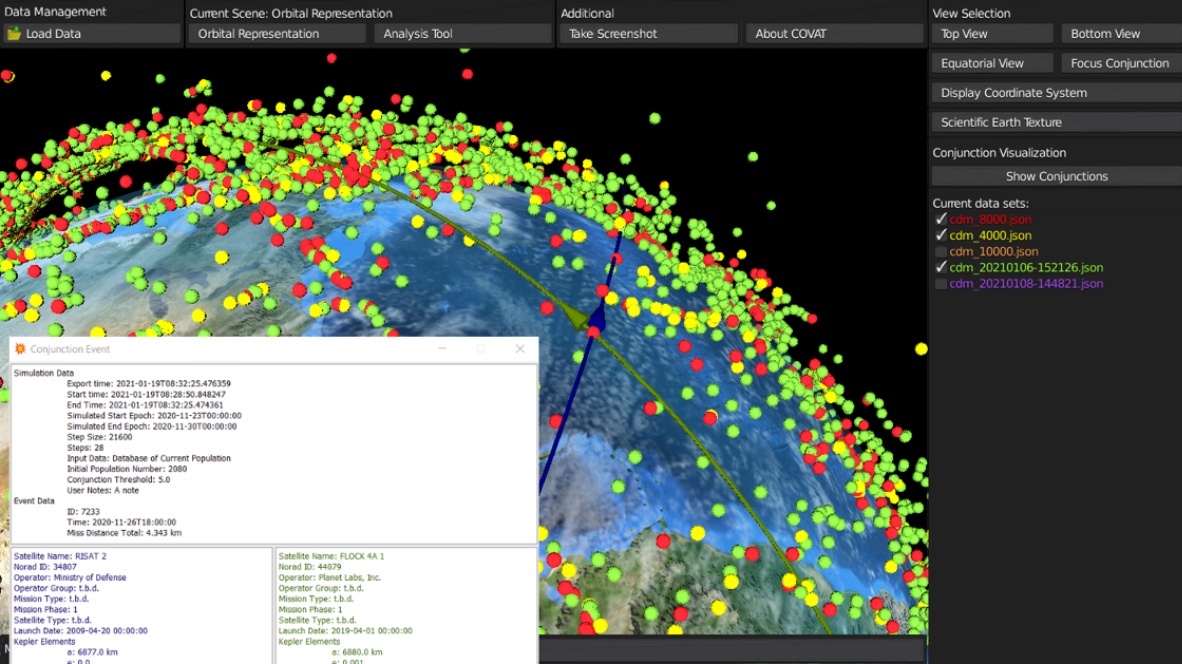Due to the ever-increasing number of satellites in Earth orbit, collision avoidance has become a routine task in satellite operations. Especially on heavily populated orbits, several hundreds of collision warnings can appear per week, which have to be analyzed and evaluated by specialists for their collision probability.
The Rules4CREAM activity of the Institute of Flight Systems and Automatic Control (FSR) at TU Darmstadt is conducted within ESA’s General Support Technology Program (GSTP) to support the Collision and Risk Estimation and Automated Mitigation activity (CREAM) of the Space Safety Programme. While CREAM entails the development of technologies for automating collision avoidance and its demonstration, the Rules4Cream project will provide an appropriate set of rules to enable automated collision avoidance operations.
A dedicated simulation framework is established to assess the consequences of different rule sets for handling conjunctions of operational spacecraft, taking into account the current satellite population and representative simulations of the population in the near future up to 2050.
Objectives of Rules4CREAM
- The development of different rulesets partially derived from other traffic domains, particularly from air traffic.
- Identification and modelling of a future LEO population based on current trends and proposed constellations.
- A simulation-based application of the rulesets.
- A holistic analysis and assessment of benefits and disadvantages of individual rulesets.
- The derivation of requirements and constraints for the technologies and data standards to be developed in CREAM.
Illustration of the spatial distribution of detected conjunctions with a conjunction range < 5 km over a time span of 14 days. Red: conjunctions between satellites of the same operator –Blue: conjunctions between satellites of distinct operators. The area of the data points scales inversely linearly to the respective conjunction range. Earth for scale reasons only.








